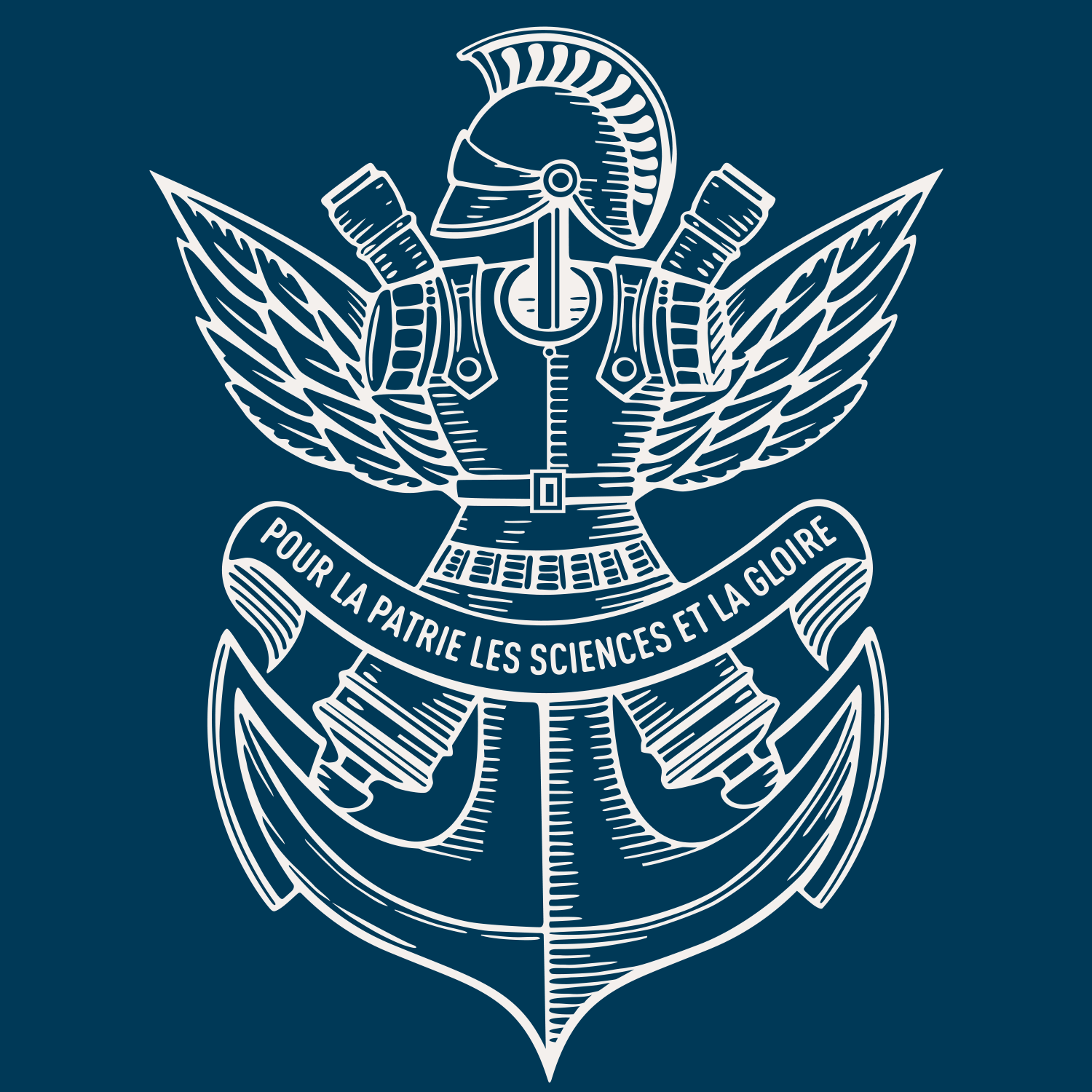Electron hopping through the 15 Å triple tryptophan molecular wire in DNA photolyase occurs within 30 ps
Résumé
DNA photolyase is a photoactive flavoprotein that contains three tryptophan residues between the FAD cofactor and the protein surface, the solvent-exposed Trp being located 14.8 Å from the flavin. Photoreduction of the neutral radical FADH* form to the catalytically active FADH- form occurs via electron transfer through this chain. The first step in this chain takes 30 ps, the second less than 4 ps. Using a combination of site-directed mutagenesis and femtosecond polarization spectroscopy to discriminate the spectroscopically indistinguishable Trp residues, we show that the third step occurs in less than 30 ps. This implies that the first photoreduction step is rate limiting and that the Trp chain effectively acts as molecular "wire" ensuring rapid and directed long-range charge translocation across the protein. This finding is important for the functioning of the large class of cryptochrome blue-light receptors, where the Trp chain is conserved. In DNA photolyase we make use of the natural photoactivation of the process, but more generally chains of aromatic amino acids may allow very fast long-range electron transfer also in nonphotoactive proteins. Copyright Cop. 2008 American Chemical Society.

